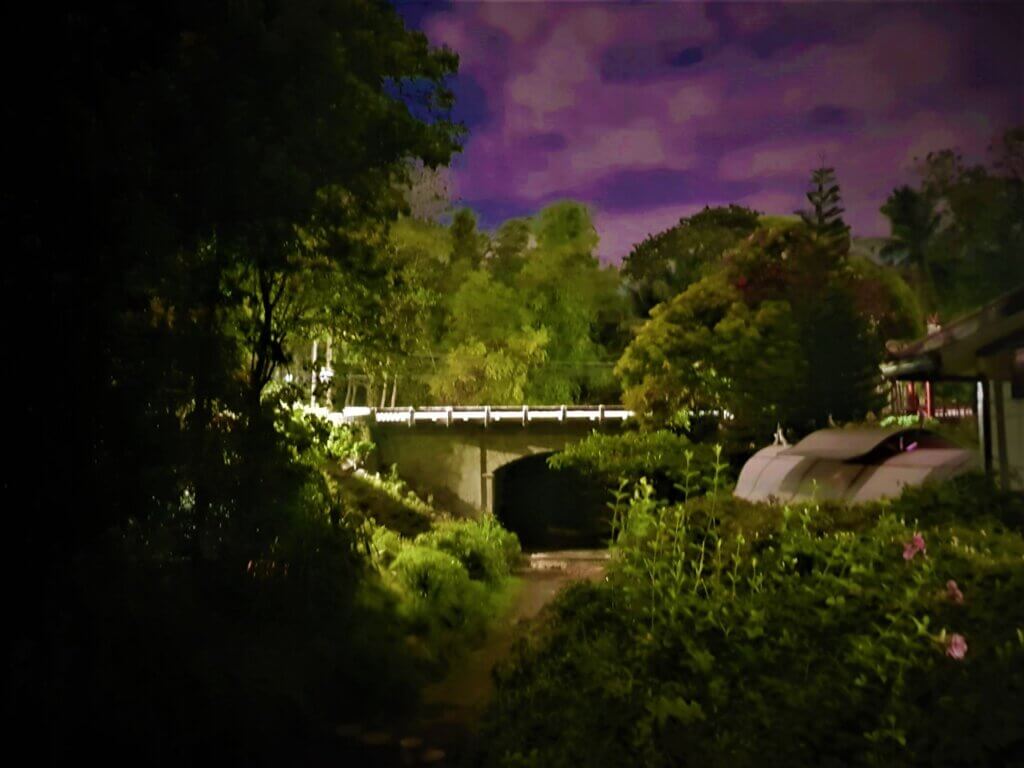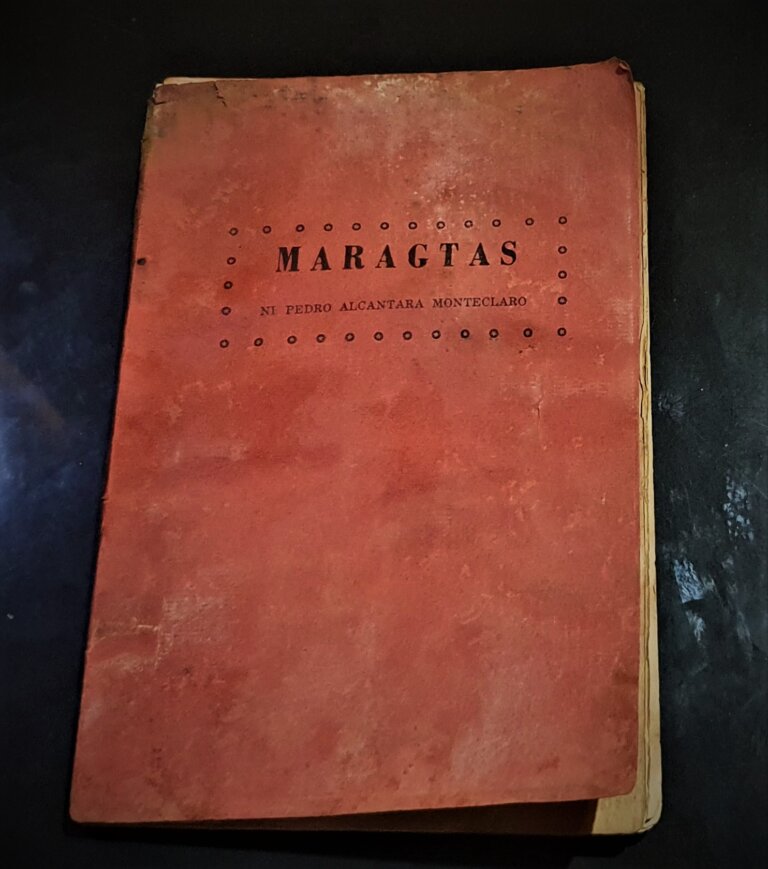Heritage & History
Miag-ao history & heritage preservation
Each town of each province bordering the Sulu Sea is rich in its history. Yet, much has been lost over centuries and younger people barely know about their history because of the lack of reading resources, distractions from daily life’s struggles and social media. The town of Miag-ao is Sulu Garden Foundation’s test case on how to re-stimulate awareness and concern about local history and heritage preservation.
We are accomplishing this through social media, conferences and the collection of important documents and books where Miag-ao is mentioned. Records in Spanish and Kinaray-a languages are translated into English and added to the Miag-ao History Library in Sulu Garden. As an example, work is being undertaken to preserve the 1907 book called “Maragtas” written by Pedro Alcantara Monteclaro, Miag-ao’s revolutionary leader, first municipal mayor, a writer of songs and the town’s true ‘Renaissance Man.’ Maragtas is the legendary story of the arrival of the Ten Datus of Borneo who settled on this island of Panay in the 12th century.
Click here to read the digitized copy of the book.
Through social media, we have created a Facebook group called ‘Historic Miagao @ Sulu Garden‘ which enables public access to historic topics that relates to the people of this town.
Read topics about Miag-ao HERE >>
History of Miagao
Important books and references that relate to Miag-ao are archived as digitized copies freely accessible to the public. An example is the digitization program for the 1979 book by Elias N. Failagao entitled “History of Miag-ao.” The book is the main reference guide to local history but since then had become rare. Now, residents and students can access the story and the digitized link to download this book.
Blogs
A blog site that specifically discusses Miag-ao stories provides a more comprehensive grasp of the historic events that occurred over the centuries. Years of research enabled us to put together the stories that influenced the lives of the people of Miag-ao. Here are two examples from 2 different centuries: The first was the reciprocal invasions that happened over 200 years between the Spanish and their Christianized Allies against the tribes of Islamic Mindanao; the second was the arrival of the US Army in Miag-ao during the Philippine-American War.
Indigenous Technologies
Mountain and coastal villages develop unique ways to cope with the adversities and needs over the centuries. We are documenting methods and processes that are still in use today before it becomes entirely lost from the memories as the elders pass away. We have documented the unique salt farming technology dating back centuries that fisher folks still used today. However, with the influx of cheaper commercial salt and a more educated younger generation who find better-paying jobs, this salt-making technology will soon become extinct along the shores of Miag-ao.
Read this three-part series here:
Identification and preservation of heritage sites
Modernization of an emerging economy such as the Philippines often sacrifices the old with the new. Most often, heritage buildings are lost through demolition or neglect. More and more, the heritage of rural towns is lost to a lack of awareness or appreciation. This program aims to identify and push for the preservation of such heritage before they are lost forever.
In Miag-ao, we have explored existing sites, such as watchtowers used during the Moro Wars and have identified crumbling sites that need restoration. Old bridges built during the Spanish Period and the American Period are unique parts of the town’s heritage. We have restored and continue to maintain the Spanish stone bridge over the National Highway like the one shown below.

This ongoing project is to identify pre-Hispanic man-made fortifications called ‘ijang.’ These fortifications use existing rock structures extended upwards to create a fortress, such as those found in Batanes Island and Cebu. Below is an example of an ijang in Batanes which we believe also exist in Miag-ao and nearby towns.

Miag-ao has many once-great rivers that connect the coast to the hinterlands. The confluence of rivers and similar terrain were once fortified at strategic points to serve as a refuge and as a defense line against invaders – other tribes, Chinese pirates, Portuguese and Dutch privateers. The Oyungan River Delta of the villages of Damilisan and Igbugo (now part of Miag-ao) were once thriving pre-Hispanic settlements. They were the centers of trade and later on, during the early Spanish period, the center of religion. We have already identified three potential ijangs and searching for at least two more. This will be further explored through satellite imagery or via LIDAR (Light Detection and Ranging), a remote sensing technology in the form of a pulsed laser to measure and identify objects. Confirmation of pre-Spanish historic sites will then be followed by archaeological explorations.
Photo credits to Norman Posecion.

